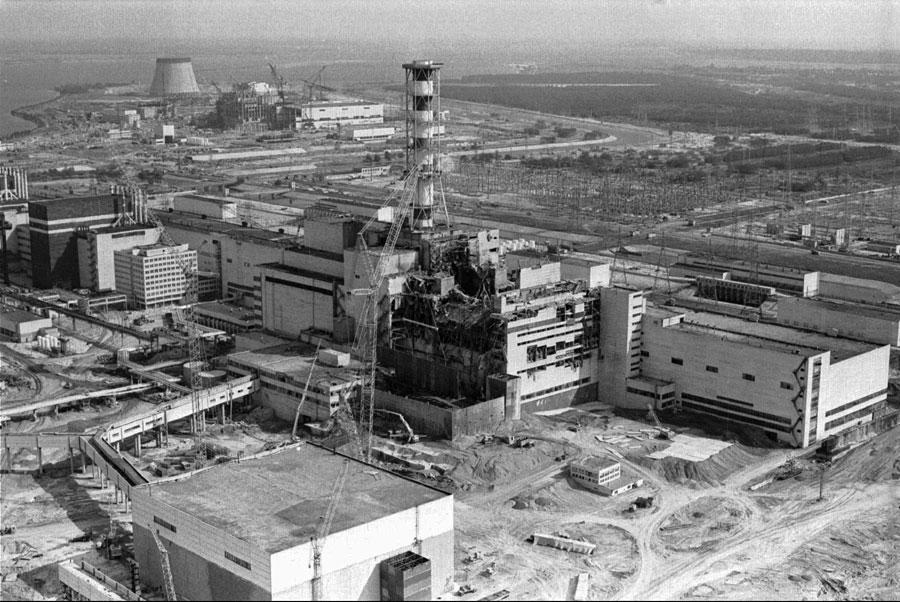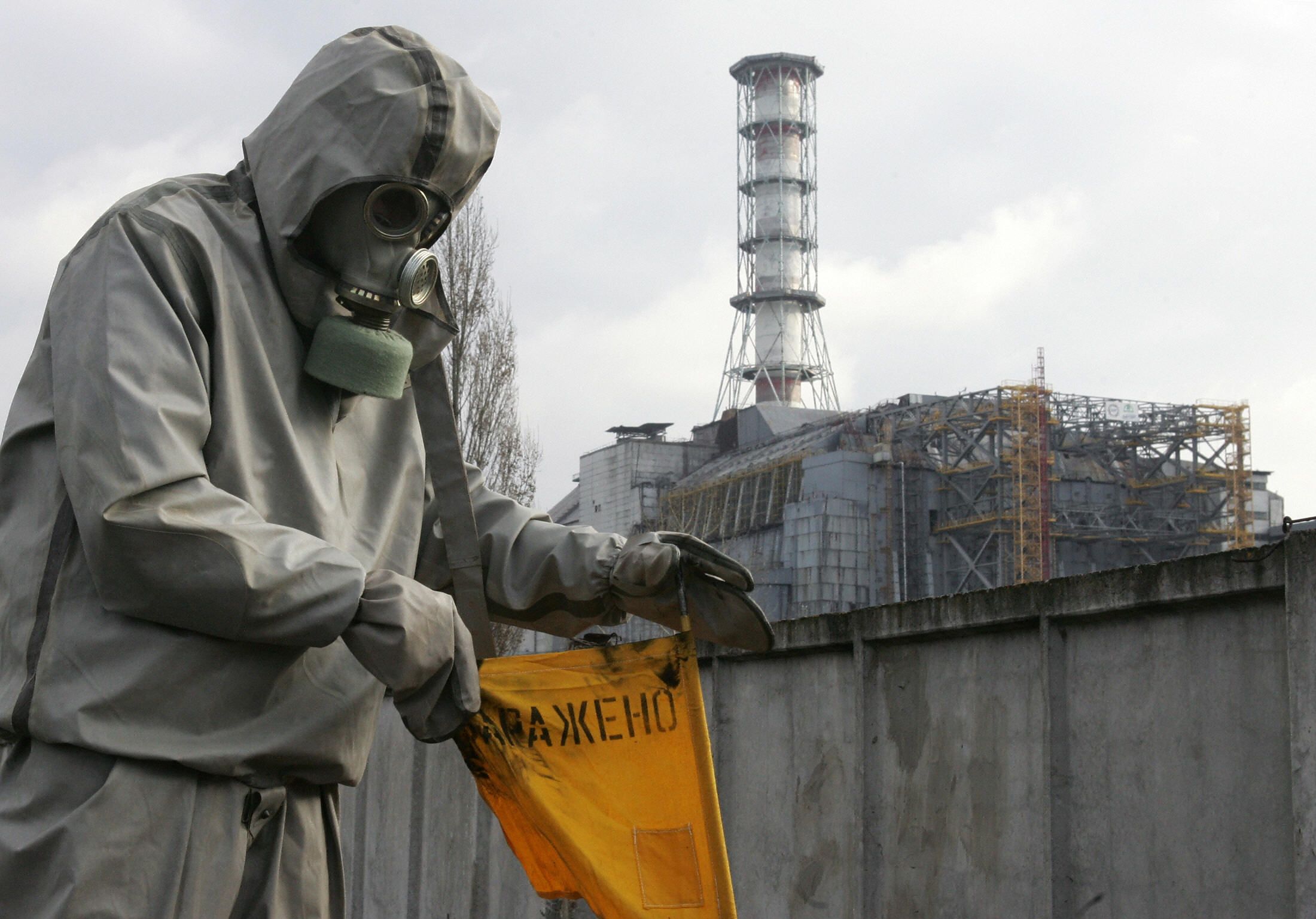

A large amount of steam was emitted, followed by a reaction, and this resulted in the formation of hydrogen, which exploded, damaging the reactor and thereby causing the release of radioactive material. The staff operating the Chernobyl atomic-power station are working selflessly and courageously.Įxperts report that, during a scheduled shut-down of the fourth reactor-unit, the capacity suddenly surged.

Agencies of many Soviet ministries and departments are operating in the area of the accident, under ministerial leadership also taking part in the operation are prominent scientists and specialists, units of the Soviet Army and branches of the Ministry of Internal Affairs.Ī huge share of the work and the responsibility has been taken over by party, government and economic bodies of the Ukraine and Byelorussia. The scientific, technical and economic capabilities of the entire country have been called into action. A government commission was set up and immediately left for the scene of the accident, while within the Politbiuro a group was formed under Nikolai Ivanovich Ryzhkov in order to deal with operational matters.Īll the work is being conducted around the clock. In view of the extraordinary and dangerous nature of what happened at Chernobyl, the Politbiuro took charge of the entire organization of the work needed to ensure the speediest possible action to control the accident and limit its effects. It is the first time that we have encountered such an awesome force as nuclear energy which has got out of control. It has been a painful experience for Soviet people and has caused anxiety to the world at large. Later, when the true extent of the crisis became apparent, an embarrassed Gorbachev was forced to understand the true benefits of a system in which critical information can circulate freely and rapidly, allowing for timely and appropriate responses to social crises.Īs you all know, a misfortune has befallen us: I am referring to the accident at the Chernobyl atomic power station.

Heeding the advice of his hard-line advisors, Gorbachev went on television and, after admitting some problems at the power station, castigated western propaganda for exaggerating the accident. This first official response to the atomic catastrophe was to prove a spur to accelerating the policy of public openness that went under the rubric of glasnost’. This suggestion stirred up panic in the surrounding area, and it's estimated that 100,000 people evacuated.Mikhail Gorbachev, Address on Soviet television. Pennsylvania Governor Dick Thornburgh advised pregnant women and young children to evacuate the area. But two days later a hydrogen bubble was discovered in the reactor, which prompted fears of an explosion (via Britannica). Within 24 hours it appeared the crisis had ended, though radioactive gas had leaked into the facility and even drifted outside. So much heat is generated via nuclear fission that even with the reactor turned off the heat left over heated the core to within 1,000 degrees of a meltdown. They deactivated it and shut down the reactor. However, according to History, the emergency cooling system presented the operators sitting in the control room with some unusual readings. This would've been a problem and led to the reactor overheating, but fortunately, the reactor was equipped with safety features to automatically remedy this kind of situation. On March 28, 1979, some of the cooling water started leaking out of the plant's Unit-2 generator.


 0 kommentar(er)
0 kommentar(er)
